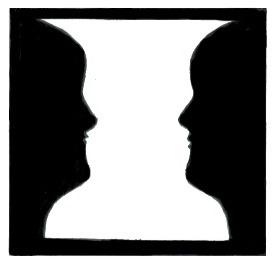
Apparently the highway administration has conducted similar tests previously because it states that speed bars tend to be most effective on roadways that have upcoming curves and drivers need to slow down to safely negotiate those curves. Such is the case with Andrew Avenue which currently has a speed limit of 35 mph and adjoins downtown to the ‘burbs. This commute ensures a large volume of traffic with more than 20,000 motorists using this stretch of road daily. Surely, the volume of traffic should be as much of a concern to local residents as whether or not drivers proceed too quickly. The article continued on to offer up some rather confusing information by stating that prior to installing this optical illusion, the average speed traveled was 36 mph, only 1 mph over the posted speed limit. Yet it goes on to state that the 85th percentile speed was 42 mph. This is the national standard for setting speed limits, which would indicate that 35 mph is 7 mph below where the speed limit should actually be set. Am I the only one who hears the loud sucking noise being created by the draining of money from the city coffers for a silly experiment that only confirms that the city’s got it wrong? I can’t seem to say it loud enough or long enough – speeding tickets are just a way to keep lining the pockets of our state and local governments. In this particular instance, the city piddled away money on an experiment which seems to disprove their idea of a safe travel speed for this stretch of road. I am sure, however, that they will not be refunding any fines drivers may have received or have yet to receive for driving at a safe and prudent speed through this area.

FREE CONSULTATION
866-433-3363
Call now or contact us for a fast, free, no obligation consultation.

